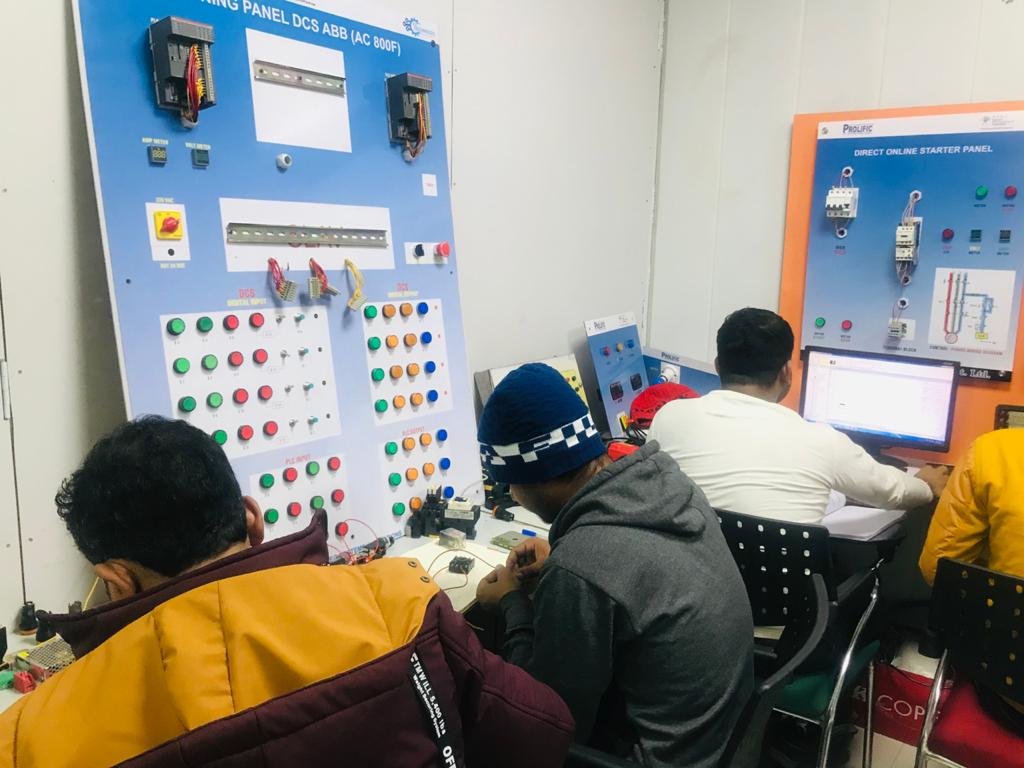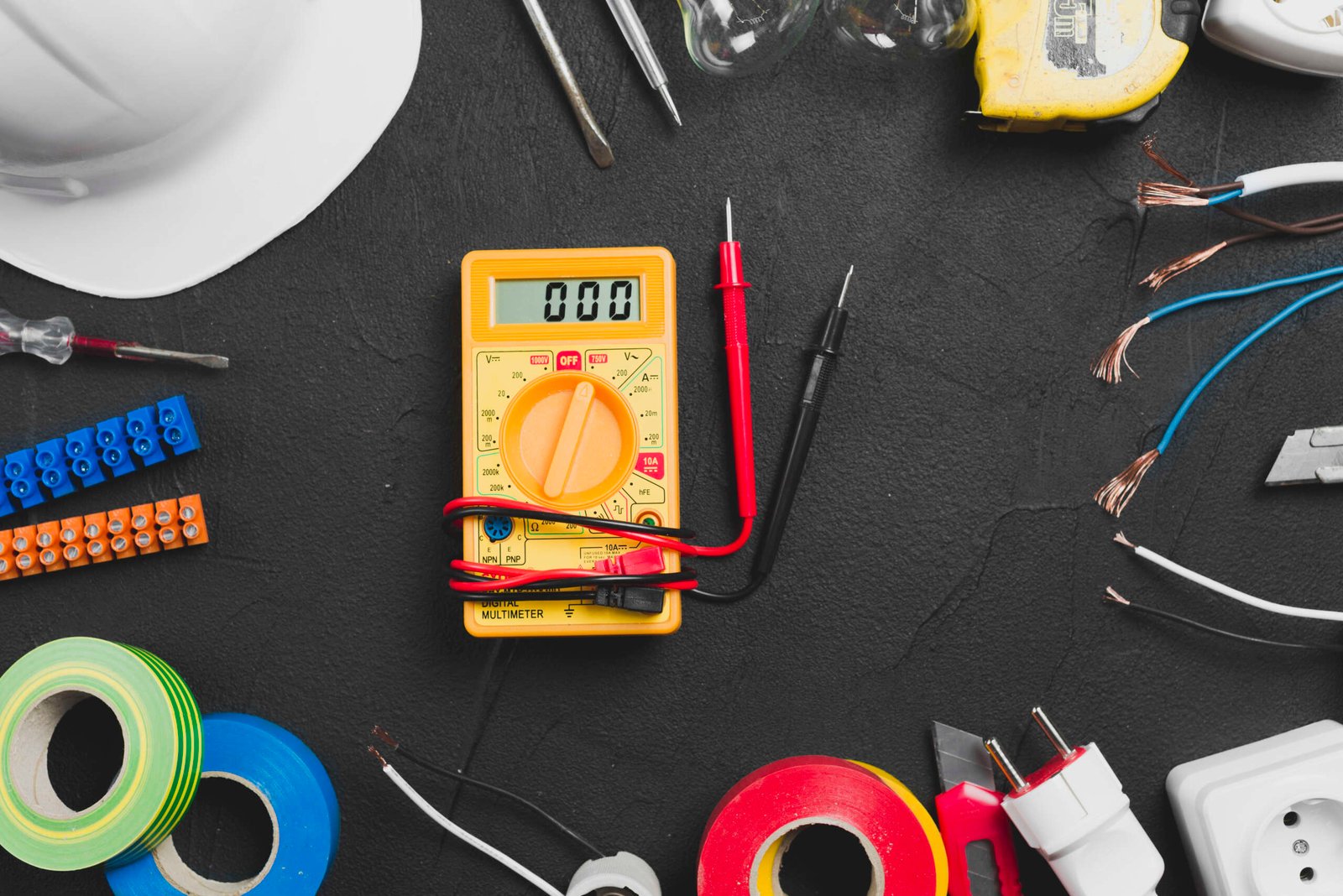Power Quality Analysis and Analyzers
- Home
- Our Courses
- Automation
- Electrical - 10th or 12th/ITI
- Power Quality Analysis and Analyzers
The “Power Quality Analysis and Analyser” course is designed for professionals who want to gain expertise in assessing and managing power quality issues. Participants will learn how to use advanced tools and analyzers to identify and rectify power quality disturbances. This knowledge is crucial for ensuring the smooth operation of electrical systems and maximizing equipment efficiency.

Created by
Prolific Automation
Categories
Electrical - 10th or 12th / ITI
Course Description
Welcome to our “Power Quality Analysis and Analyzer” course, offered by Prolific Automation Solutions. This comprehensive course aims to empower students with the essential understanding and technical skills necessary to analyze, monitor, and improve power quality in various industrial environments. Power Quality is a pivotal aspect of industrial automation, and understanding it can drastically increase the efficiency and longevity of your systems. This course is ideal for IT professionals, electrical engineers, and automation specialists seeking to advance their knowledge in power quality analysis and related equipment.
What you’ll learn
- Fundamentals of Power Quality: Gain a strong grounding in the basic concepts and principles of power quality, including definitions, standards, and measurements.
- Understanding Power Quality Parameters: Learn about various power quality parameters like voltage, frequency, harmonics, power factor, and flicker, and how they impact the overall power quality.
- Power Quality Issues & Their Effects: Identify common power quality problems such as voltage sags, swells, interruptions, harmonics, and transients, and understand their implications on industrial systems.
- Power Quality Analyzers: Familiarize yourself with the operation and functions of power quality analyzers. Learn how to configure, use, and interpret data from these analyzers.
- Mitigation Techniques: Understand the best practices for improving power quality, including the use of filters, power conditioners, and other corrective devices.
• Basics of electrical technology.
• Types of electrical loads.
• Concept of linear and non-linear loads.
• Reactive power significance on source and system losses.
• Reasons of waveform distortions.
• Factors defining power quality.
• Load Balancing techniques.
• Harmonics definition, Visual understanding, Sources of harmonics.
• Measurement techniques.
• Theoretical analysis of a new project.
• Harmonic analysers, types, accessories, features.
• Effects of harmonics on power system components.
• Mitigation techniques.
• Harmonic Filters, types, designs, application.
• Concept of fundamental power and total power.
• Power factor and Deviation Power Factor.
• Effect on source.
• Physical connections of CT & PT.
• CT ratios, PT ratios, identification, connections.
• Safety precautions.
• Analysis of data collected.
• Data Presentation.
• Inferences.
• Power measurement for multiple loads.
• Single phase loads, balanced and unbalanced loads.
• Three phase balanced loads.
• Actual analysis.









